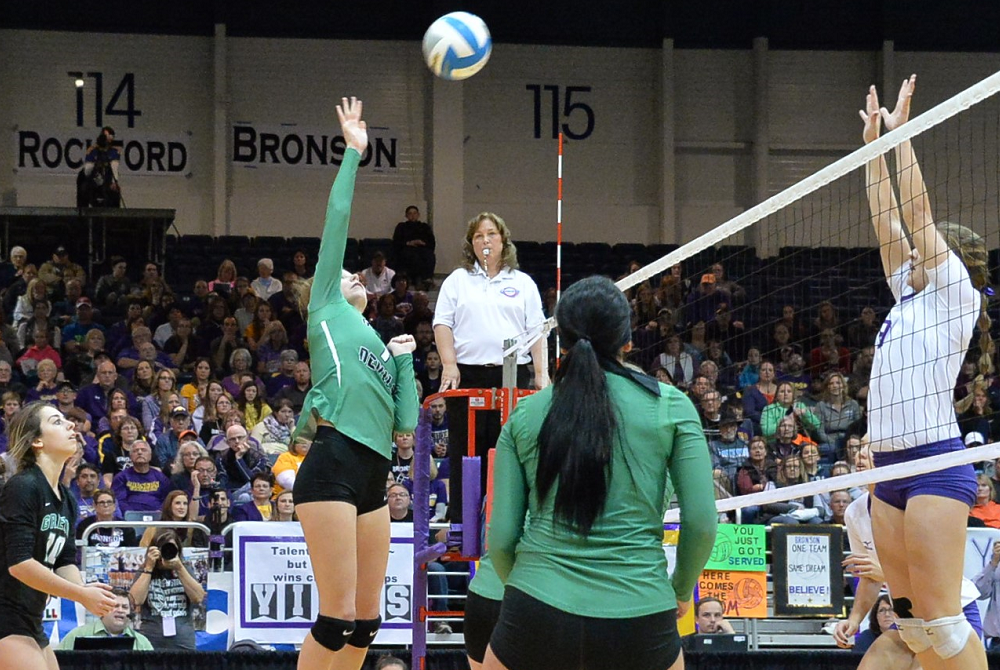
Be the Referee: Blindside Blocks
August 24, 2017
This week, "Be the Referee" with MHSAA assistant director Mark Uyl returns with the first of a three-part series on football rules changes for 2017, this one on blindside blocking.
Be The Referee is a series of short messages designed to help educate people on the rules of different sports, to help them better understand the art of officiating, and to recruit officials.
Below is this week's segment – Blindside Blocks - Listen
We're going to start the new school year with a three-part series on football rule changes.
There may be no hit in football that generates more "ohs" and “ahs" than the blindside hit. It's also one of the most dangerous hits in the game.
The defensive player in pursuit of the runner, who does not have a reasonable opportunity to see the oncoming blocker, is considered defenseless. In keeping with putting player safety first, national rules now allow blocking from the blindside only when contact is initiated with the hands – achieving the same effect without all the contact.
That big blindside hit will now result in a 15-yard penalty and possible ejection from the game.
Next week, we'll look at changes to rules covering onside kicks.

Be the Referee: Volleyball Double & Lift
By
Paige Winne
MHSAA Marketing & Social Media Coordinator
October 3, 2023
Be The Referee is a series of short messages designed to help educate people on the rules of different sports, to help them better understand the art of officiating, and to recruit officials.
Below is this week's segment – Volleyball Double & Lift - Listen
You’re sitting at a volleyball match and hear parents in the stands yell “Double!” or “Lift!”
What do those terms mean, and why are they yelling them?
Double refers to double contact. That’s when a player hits the ball twice in a row or if the ball touches two parts of the player’s body in succession. If a setter hits the ball with one hand then the other – even if immediate, it’s a double. She needs to set with both hands at the same time.
A lift is when the player, typically a setter, has prolonged contact with the ball that results in throwing or re-directing the ball back into play. The ball doesn’t rebound off the player's fingers or hands, but is directed by the player.
The official on the stand at the net is in the best position to notice these fouls.
Previous Editions
Sept. 26: Registration Process - Listen
Sept. 20: Animal Interference - Listen
Sept. 13: Feet Rule on Soccer Throw-In - Listen
Sept. 6: Volleyball Jewelry - Listen
Aug. 30: Football Rules Similarities - Listen
Aug. 23: Football Rules Differences - Listen
(PHOTO by Gary Shook.)

